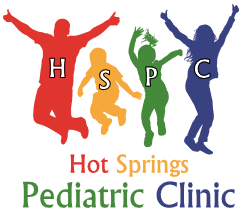Pediatric Asthma: 5 Dos and Don'ts Every Parent Should Follow
- By hspeds@cablelynx.com (Admin)
- •
- 12 Sep, 2017
- •
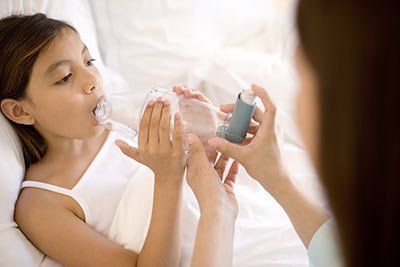
DO Have Your Child's Pediatrician Draw Up a Management Plan
DON'T Forget to Have Quick Relief Supplies Available for an Emergency
DO Start a Health Journal for Your Child
DON'T Use Carpeting and Fabric Draperies
DO Use Air Purifiers and HEPA Filtration Systems in Your Home
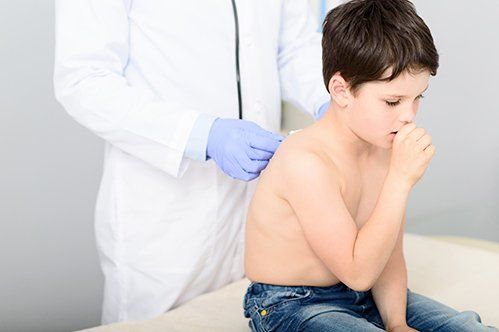
Stay Calm
Know the First Signs of a Cold
Understand Preventative Measures
Seek to Remedy a Sore Throat
Sore throats can be especially difficult for children to deal with, especially because the pain can feel more intense for them. Honey may be a good deterrent for a sore throat in children as long as they are older than one year. Many doctors may recommend honey or tea with honey rather than cough drops, which may pose a choking hazard for children.
Encourage Hydration
Moisturize the Air Inside
Call the Doctor When Necessary
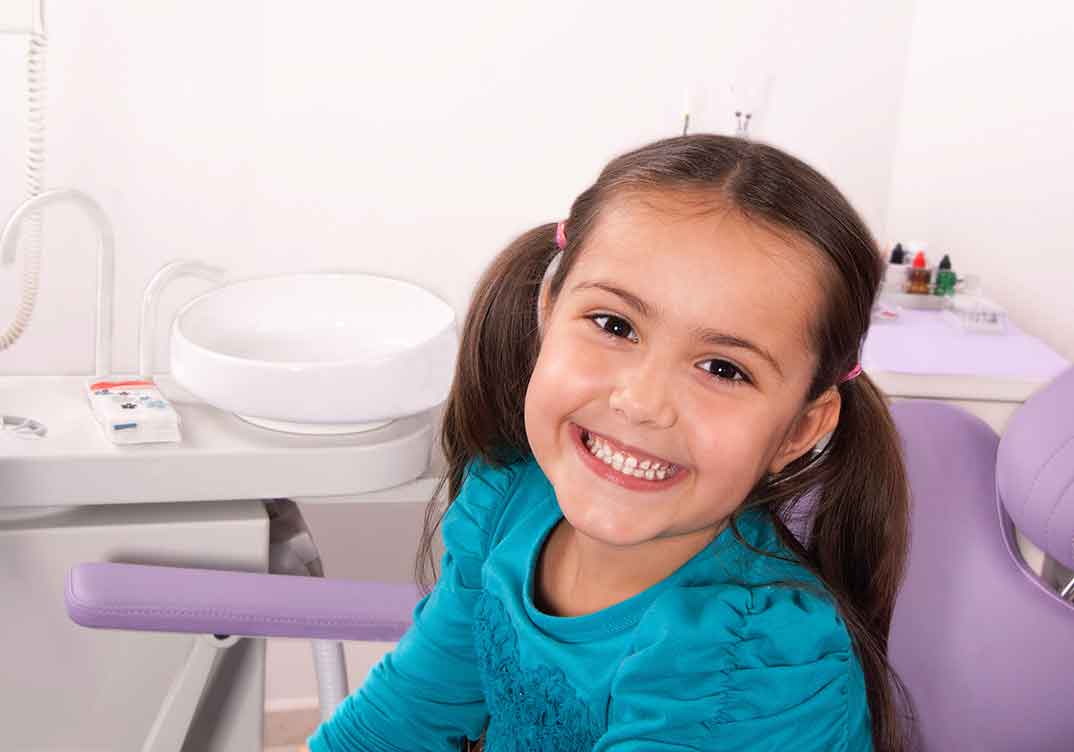
1. Stay Up to Date With Different Immunizations
2. Check on Your Children's Vision and Hearing
3. Discuss Any Important Medical Concerns
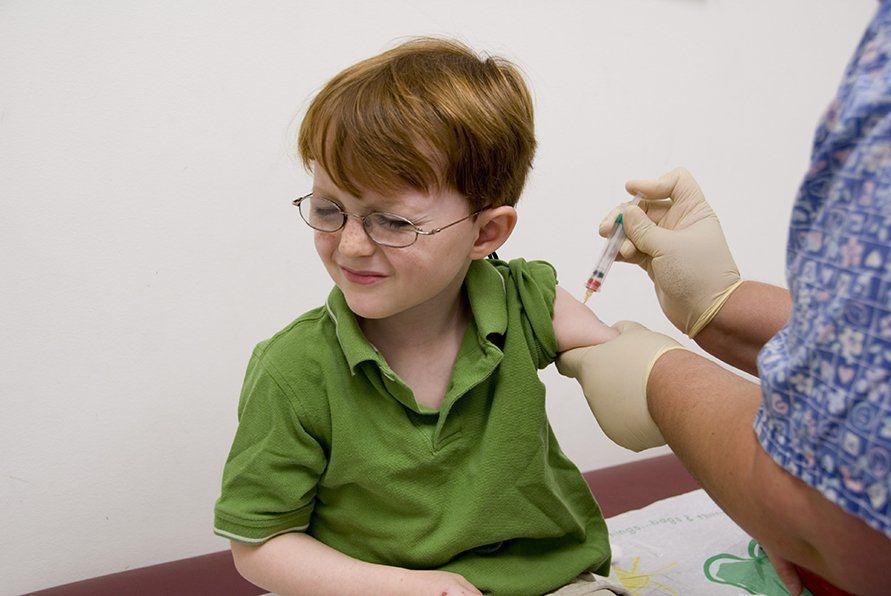
Get the Flu Shot
Practice Good Hygiene at Home
Encourage Healthy Sleep and Eating Habits
Avoid Large Crowds When Possible

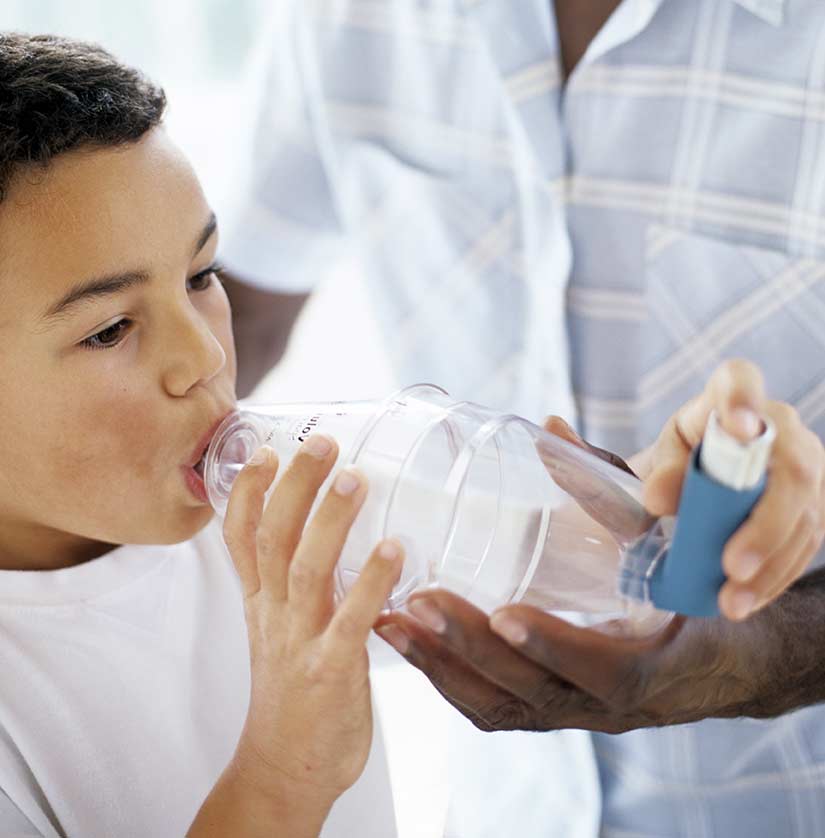
- Remove household items that hold dust from bedrooms
- Avoid smoking areas
- Use fragrance-free chemicals and cleaners
- Pay attention to air quality
- Keep asthma medication readily available
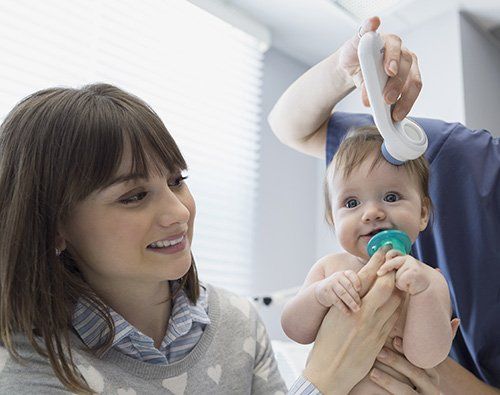
Taking care of children's health is just one of the many jobs parents must do. While many of us take our children to the doctor when they are ill, we may not be quite as diligent when it comes to well-child exams. These annual doctor visits should be a priority, however, because they give parents an opportunity to monitor and even influence their children's overall health. Here are a few reasons why you should keep your child up-to-date with an annual exam.
Making Progress
A well-child visit tracks yourchildren'sgrowth and developmental milestones. It is also an opportunity for you and yourchildren'sdoctor to evaluate any physical, emotional and behavioral well-being.
Fight Back
One of the greatest tools medical professionals have against childhood diseases is immunizations. These vaccines that can reduce yourchildren'srisk of certain illnesses are administered at well exams.
Behind the Screen
During a well visit, your child may have their vision and hearing screened to make sure they have no unidentified issues. The pediatrician should also evaluate their skeletal system to determine if there are any concerns.
Preventive Care
Healthy habits start at an early age, and when parents stress the importance of monitoring health, they are giving their children a foundation for a lifetime of healthy living.
Well-child visits should be performed more frequently in infancy and once a year from early childhood until the mid-to-late teens. If you would like to know more about these or other pediatric visits , please call Hot Springs Pediatric Clinic, P.A. to make an appointment.
